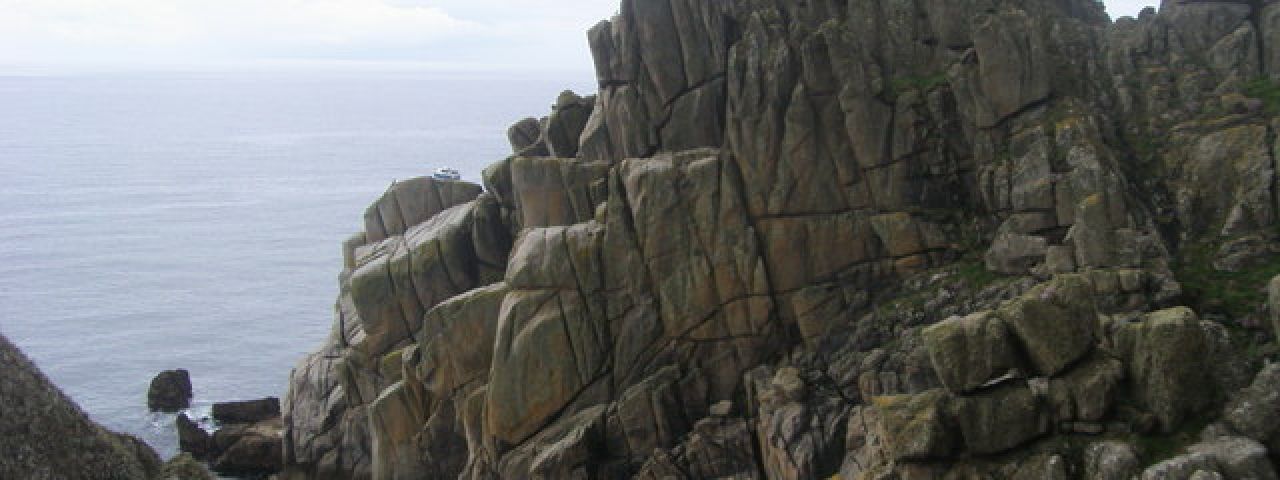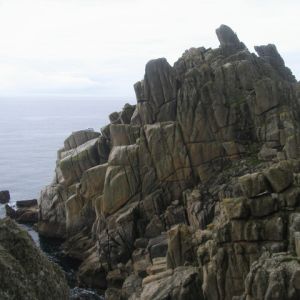Dinas Rock
Sightseeing attraction | Neath | Wales | United Kingdom
Climbing experiences in South Wales
# [Dinas Rock]
Dramatic landscape of Dinas Rock
Dinas Rock, known in Welsh as "Craig y Ddinas", is a prominent limestone rock formation near the village of Pontneddfechan, near Glynneath, at the upper end of the Neath Valley in South Wales. The rock rises between the rivers Afon Mellte and Afon Sychryd and sits on the border between the counties of Powys and Neath Port Talbot. The name "Craig y Ddinas" means "fortress rock" and refers to Iron Age earthworks on its summit.
Gorge walking activities in Wales
Geologically, Dinas Rock is composed of carbonate limestone and is part of the Brecon Beacons National Park as well as the Fforest Fawr Geopark. The surrounding deep gorges are designated as part of the "Coedydd Nedd a Mellte" Special Area of Conservation, as they host dense oak and ash forests that protect important moss communities.
Hiking trails in Brecon Beacons
Historically, the area around Dinas Rock was shaped by the extraction of limestone and silica stone. The remains of a former limestone quarry now serve as a car park, with its walls used by climbers and abseilers. The nearby Dinas Rock Silica Mines once extracted pure sandstone for the production of refractory bricks. A system of tracks, cableways, and inclined planes transported the material down into the valley.
History of limestone quarries
Today, Dinas Rock is a popular destination for visitors who appreciate the dramatic landscape. The steep rock walls attract climbers, while the riverbeds and rocky banks of the two rivers are a well-known destination for gorge-walking activities. An easily accessible trail, the "Sychryd Trail", leads from the main car park to the Sgydau Sychryd cascade, offering views of the impressive rock formation "Bwa Maen" on the opposite side of the Afon Sychryd.
For climbing enthusiasts, Dinas Rock offers high-quality limestone walls with overhangs, roofs, and grooves that provide a variety of climbing routes at different difficulty levels. The main wall near the car park is particularly popular with sport climbers, while the easier routes in the former quarry at the western end of the rock are used by organized groups.






















































































































































































